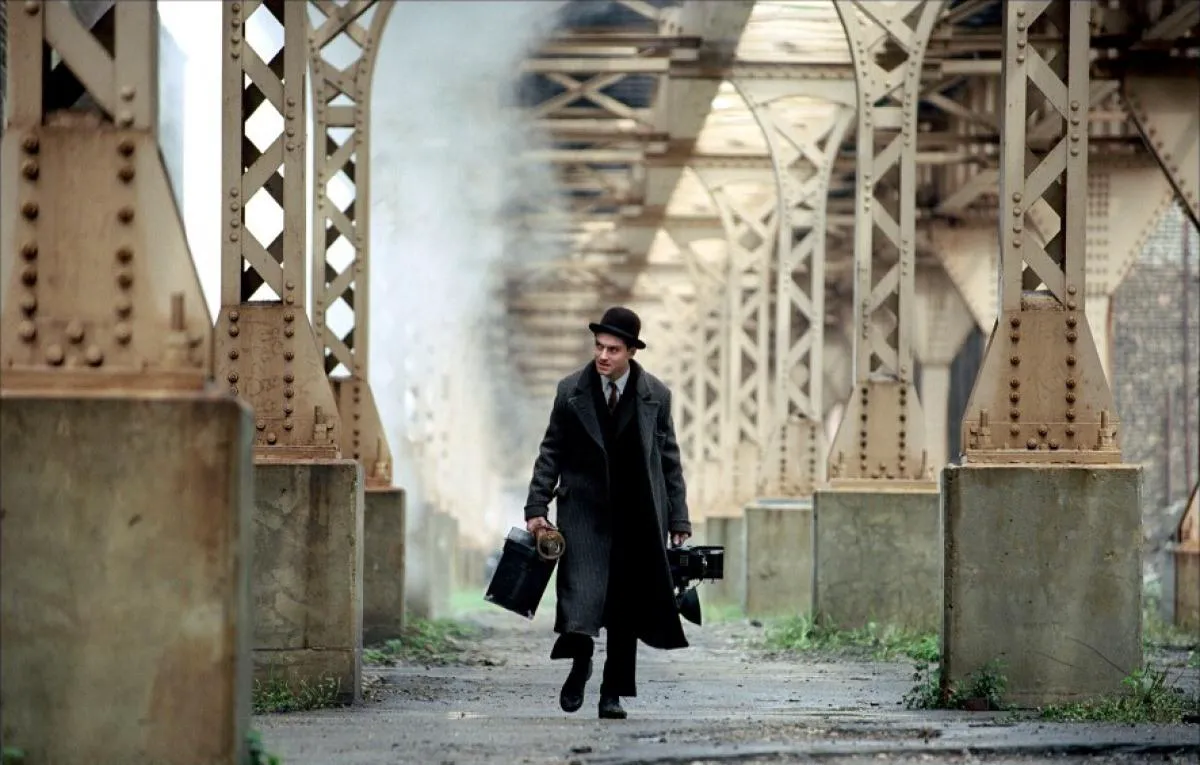A Gangster Epic with a Touch of Greek Tragedy: Unveiling “Road to Perdition”
In the winter of 1931, a seemingly ordinary twelve-year-old boy with a bicycle discovers a shocking truth: his beloved father isn’t the G-man he thought he was, but a hitman working for the Irish mob.
Following the monumental success of “American Beauty,” director Sam Mendes faced immense pressure to deliver another masterpiece. While “Road to Perdition” didn’t initially receive universal acclaim, it deserves a fresh look. Some critics found Tom Hanks’ performance too heavy-handed, while others felt Mendes was too caught up in gangster movie tropes to truly explore the 1930s setting.

Beyond the Gangster Facade: A Timeless Tale of Father and Son
“Road to Perdition,” loosely based on a graphic novel, is more than just a gangster film. It’s a poignant story about fathers and sons, loyalty, and sacrifice. It features a memorable performance by Paul Newman as an aging Irish mob boss, and a surprisingly nuanced portrayal of his troubled son by Daniel Craig (years before his James Bond fame).
Beneath the fedoras and Tommy guns lies a simple yet profound narrative: a father’s journey to protect his son, and a son’s growing understanding of his father’s world. It’s about a man who chooses his family over the code of the underworld, and a boy named Michael who witnesses his father’s struggle. It’s puzzling how this fundamental theme was overlooked by many critics upon its release in 2002.
Why the Initial Mixed Reception?
Was it Hanks’ mustache? The stylized cinematography of Conrad L. Hall? Or perhaps Jude Law’s unsettling portrayal of a Chaplin-esque photographer-turned-assassin? When a father and son embarked on their own “road” to the sea in John Hillcoat’s “The Road,” critics were far more forgiving. Maybe quiet family dramas resonate more when set against the backdrop of an apocalypse?